(Eastern Washington landscape)
A long time ago, in a galaxy far, far away…okay, maybe not that far or quite that long ago, but sometimes going from the western half of Washington state to the eastern half can almost seem like an intergalactic journey. Certainly in terms of geography and climate, it’s an entirely different animal. The west side, i.e. Seattle and environs, is famous for those wet, damp, gray days that stretch into weeks and sometimes months without seeing so much as a glimpse of the sun. But simply crossing the cloud-busting barrier of the Cascade mountain range will often bring an instant change to sunnier, drier, and warmer weather, and a topography that, in places, resembles the more well-known desert regions of the American west.
(Washington State University, the old alma mater)
As for the long time ago reference…several decades in the past yours truly attended a certain university located in the southeastern corner of the state. Washington State University – popularly known as Wazzu – is situated in the small town of Pullman among the rolling wheat fields of the Palouse and about a thousand miles from anywhere else. Why anyone ever wanted to build a major state university in such an isolated place is a good question. The short answer is that Wazzu is a land grant university, and that’s where the land was granted.
(Bryan Hall and clock tower, landmark of the Wazzu campus)
Back in the day, I made the drive from Seattle to Pullman numerous times over the course of two years. While it can be a fun and interesting trip if you’ve never done it, it can also become a long, tedious slog, especially when you’re nineteen years old and don’t give a damn about the scenery and only want to get from point A to point B as quickly as possible. Our record was three hours and forty-five minutes for a trip that most people would consider five hours to be making good time. Of course being that age and faced with a boring drive of such duration, my driving companions and I found several, shall we say, creative diversions to pass the time, almost none of which were legal. What can I say, you’re only young once.
(It’s a long, long way…)
So since I hadn’t been there in a long time and my lovely wife had never seen that corner of the state, when we decided it was time for an Eastern Washington road trip, the destination more or less chose itself.
From our place, there are two main ways to head east: I-90 over Snoqualmie Pass – fast, multi-lane freeway, done it a million times, kinda boring – or Highway 410 through the eastern edge of Mt. Rainier National Park and over Chinook Pass. We chose option number two. I’ve opined on these pages before about the beauties of Mt. Rainier, Chinook Pass, etc. and it’s a drive that never fails to enchant.
A couple of hours and many miles of breathtaking scenery later, we were headed into the Yakima area, where the change in topography couldn’t be more stark, from the green lushness of deep alpine forest to the brown, sun-baked hills of central Washington. True story: when my children were quite young, we made this same drive once to see some friends in Yakima. My then 6 or 7 year old daughter, fresh from Sunday school stories of Moses and the Israelites lost in the desert for 40 years, took in the stark, barren, rocky hillsides and asked, “Are we in Egypt now?” Sometimes it’s really hard not to laugh in your kids’ face when they ask you such perfectly serious questions with a straight face.
Strangely enough, on this most recent trip, though we saw no wandering tribes of Jews, we did have an unexpected encounter with a camel. More on that later.
(Vineyards of Yakima Valley)
One of the highlights of a drive through this region is the bounty of top-class wineries located in the Yakima valley. In the last thirty years, Washington state has become a major player on the world wine stage, rivaling California and the great wine-producing regions of Europe for medals and prestige. I’ve made the trip to this area several times just to go winery-hopping. But on this trip we skipped the Yakima valley wineries for two reasons: one, if I started hitting wineries too early in the day, we’d never get anywhere and, two, before reaching Pullman and Wazzu, we were heading for Walla Walla, which is the new enological hot spot in Washington state.
(One of the many modes of transportation available in Walla Walla)
(The name of this store says it all)
Walla Walla is a lovely town of about 30,000 people located in the extreme southeastern corner of Washington, an hour east of the Tri-Cities area and only 11 miles north of the Oregon border. With ideal climate and soil conditions, it has become Wahington’s latest wine producing mecca, with over one hundred wineries large and small in the area. You can’t sample them all, of course, or at least not and keep driving sober, so we picked a few along the way and ended up disappointed. Not by the quality of the wine, which really is top drawer, but by the fact they have all adopted the practice of charging tasting fees ranging from five to ten dollars. Gone forever, apparently, are the days of strolling in to the tasting room, bellying up to the bar and getting three or four different samples of the winery’s product gratis.
(The oldest bank in the state – seriously)
(Presbyterian Church of Walla Walla)
I’m no doubt showing my age here, but prying five bucks out of my fist for a few niggling ounces of vino seems counter-productive to me, both for the wineries and my wallet. Sure, you get the money credited off your bill if you buy a bottle, but I’m certainly not going to buy a bottle every place I stop. Ah, well, the price of so-called progress.
(Viburnum bushes)
We got to Walla Walla about mid-afternoon and spent some time strolling the main streets of downtown. It’s not hard to cover, just a few blocks, really. Shops and restaurants abound, and it seems about half of them are winery-related. Walla Walla is home to three colleges, Whitman College being the largest and most notable, so the town is full of young people and makes for an interesting mix of youth and age, since Walla Walla is also a retirement destination.
(The shady streets of Walla Walla)
After checking out the downtown, we hoofed it through the residential areas surrounding the city center, ambling down leafy lanes dominated by large trees and stately, older homes. Those giant shade-producing trees come in handy in the summers when temps regularly soar into the 90’s and even triple digits. But during our stay it couldn’t have been a more serene setting, quiet, green, peaceful and a perfect mid-70’s in temperature, the kind of small-town atmosphere you almost can’t find anymore. Kinda made us want to move there.
(One of the lovely older homes of Walla Walla)
(Porches abound)
The big upswing in wine swilling tourist traffic has also resulted in a large increase in upscale type eateries in Walla Walla. We found a great little place literally across the street from our hotel, had a tasty, mid-priced dinner with a glass of local Sangiovese to wash it down, and called it a night.
Next morning was Sunday and we decided to do a little more street roaming before hitting the road. If we’d thought the place was empty on a Saturday afternoon and evening, Sunday morning proved positively tomb-like. The churchgoing folks were in church and everyone else must have slept in, so we had the sidewalks to ourselves. After another hour of gawking and photo taking, we headed out of town on Highway 12, arrowing east and a little north toward Pullman.
(On the road between Walla Walla and Pullman)
(Wind turbines)
The drive took us through more seemingly endless miles of wheat fields rolling into the distance as far as the eye could see. Ninety-nine percent of them were already harvested down to stubble, a little disappointing since my favorite sight in this part of the world is the ocean of golden wheat under clear blue skies with the wheat rippling and waving in the constant breezes. The only other things to break the horizon are the huge, tri-bladed wind turbines sprouting like metallic monsters along the hilltops and ridges in long, snaky rows.
(Snake River – big water in a dry land)
(Lost in the Palouse? Someone took a wrong turn in the Sahara)
Just as we slowed on the outskirts of the small town of Dayton, we did a double-take. Standing in a pasture with a couple of donkeys and horses for company was a solitary camel. Not a sand dune in sight, but he looked quite at home for being several thousand miles displaced. I’d driven past before the sight really registered, did a quick u-turn and went back for photos. He kept chewing his cud and paid us no heed.
We made it to Pullman in early afternoon and parked by my old dormitory, Perham Hall, located on the northern edge of campus across the street from the new arena (new since I attended anyway) which houses music concerts and sellouts for the Cougar basketball team, among other events. We tried – and failed – to enter the dorm and go see my old room. The place is electronically keyed nowadays. Security concerns, I’m sure, which is probably a good thing for the students but kind of a bummer for us. Certainly a far cry from the old days when anyone could, and did, wander in off the streets.
(Bryan Hall clock tower on Washington State University campus)
(Holland Library)
We gave ourselves a self-guided tour of the campus, which proved surprisingly empty, considering it’s home to nearly 20,000 students. I guess Sunday afternoons are a dead spot socially. Maybe most of the students were actually in their residences studying. That or still sleeping off their Saturday night hangovers, which was certainly the more likely case when I attended. Wazzu has always had a reputation as a party school, well-earned for the most part, despite decades of school administrators and officials doing their best to combat and stamp out this image.
But belying this reputation is the fact that Wazzu really does excel on many academic levels, most notably being nationally recognized for the excellence of their programs in Agriculture, Veterinary Medicine, and Communications, among others.
(Administration Building)
(Wazzu campus)
Not having visited in such a long time, it was instructive to see how some things have changed a lot, and some not at all. The perfect illustration of this duality is the newly upgraded and renovated Martin Stadium where thousands more Cougar football fans than ever before can now sit and watch the same old pathetically inept home team get their heads beaten in on a regular basis. The Cougars have had a few good teams over the years, but it happens only slightly more often than appearances by Halley’s Comet.
(Martin Stadium, home of the Cougars)
(Butch, the Cougar, outside Martin Stadium)
(The sun sets on Palouse country)
Washington State University is an attractive campus with spacious grounds and open green spaces, lots of tall old trees, and loads of red brick buildings. Bryan Hall and it’s clock tower still dominate the center of campus across the street from the Holland Library. The whole thing makes for a very pleasant walk and a lovely way to spend a beautiful autumn afternoon. Now, if that football team could just win a game once in a while…
Coming Soon: Eastern Washington, Part Two
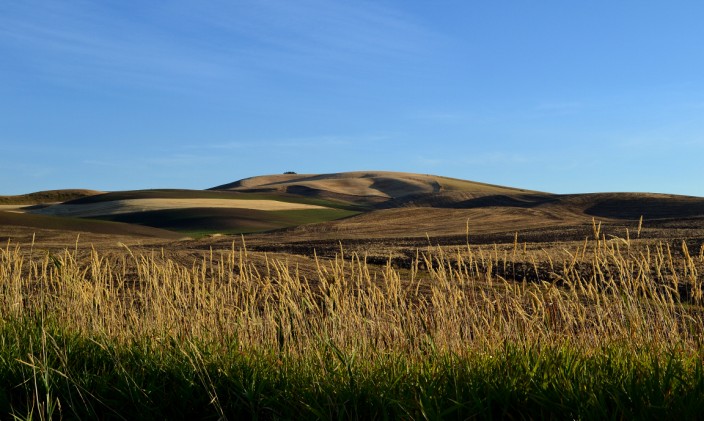
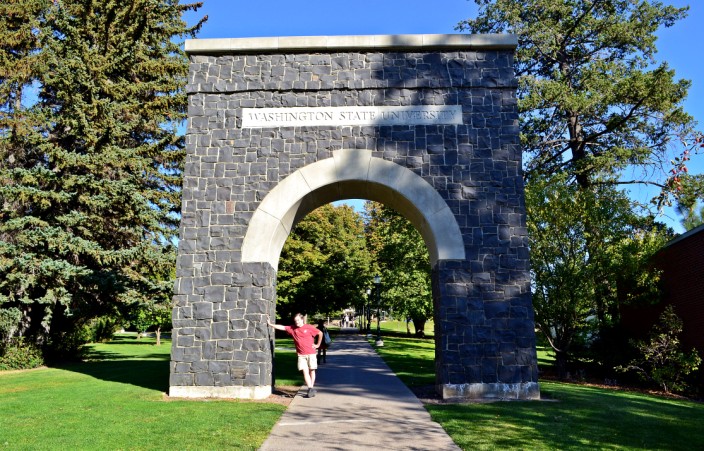
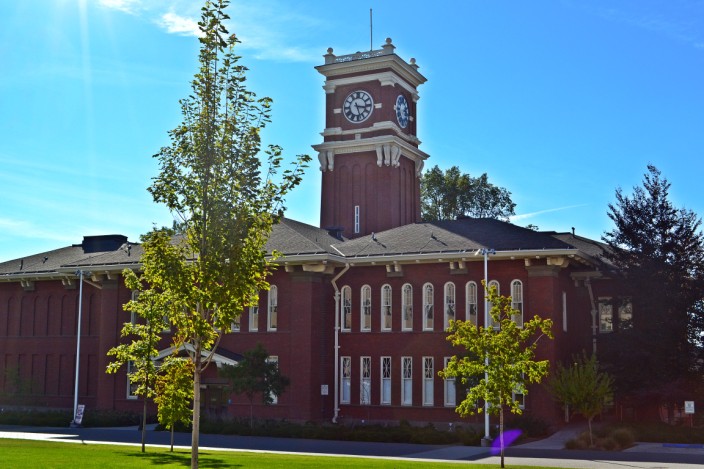

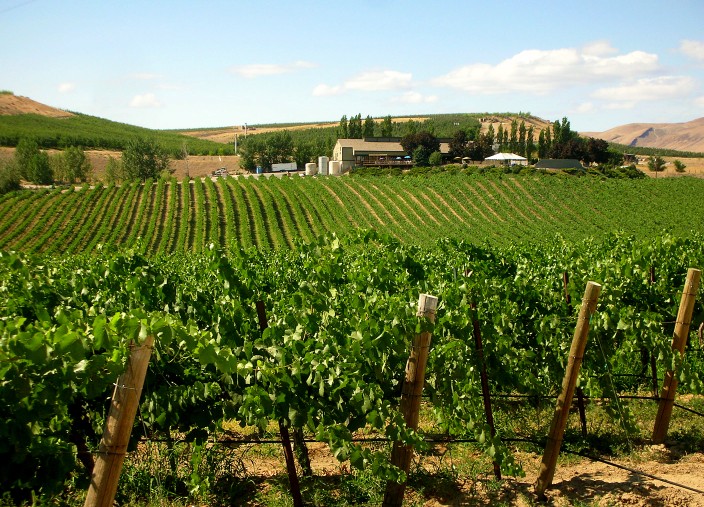
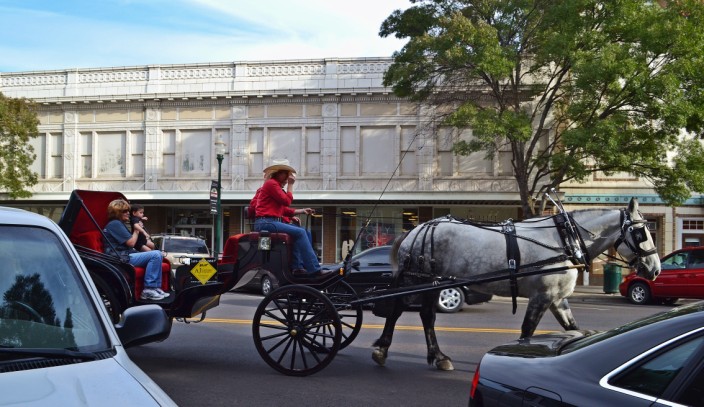
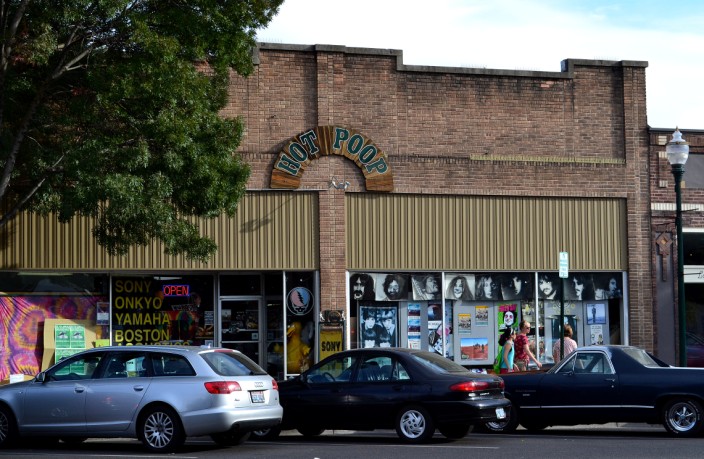
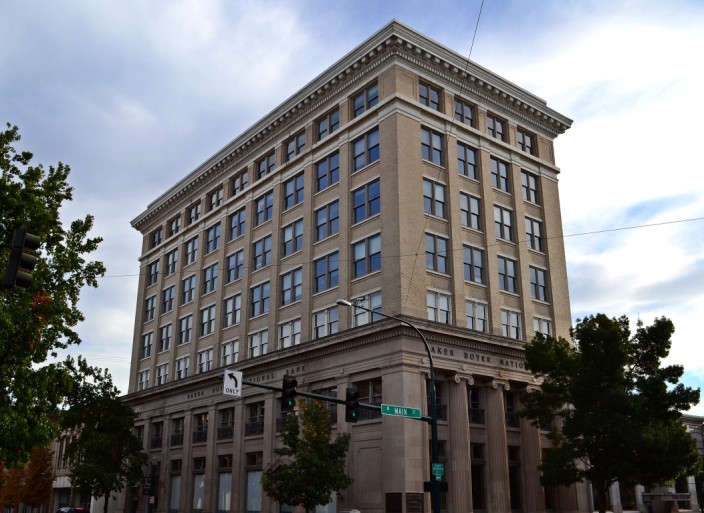
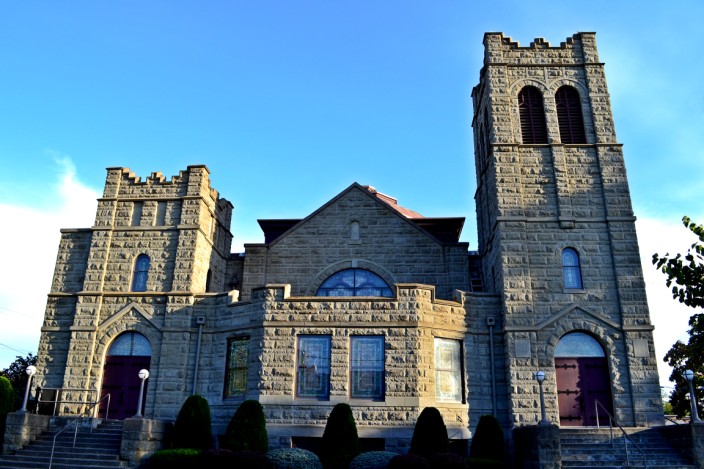
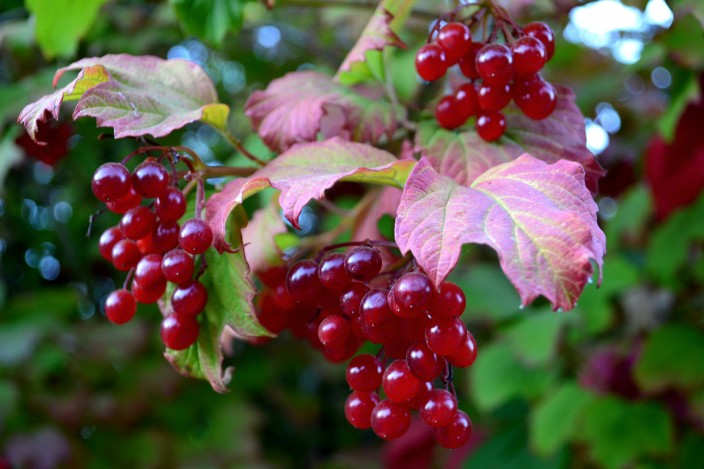
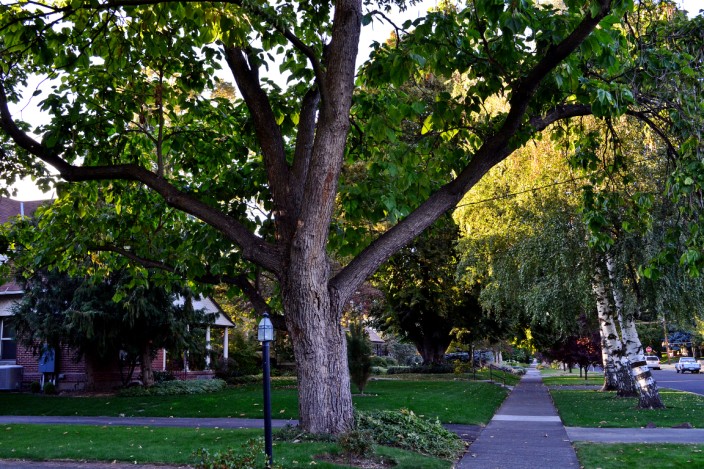
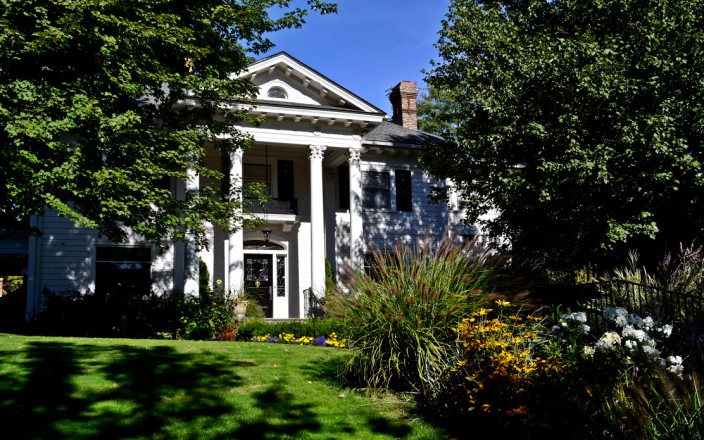
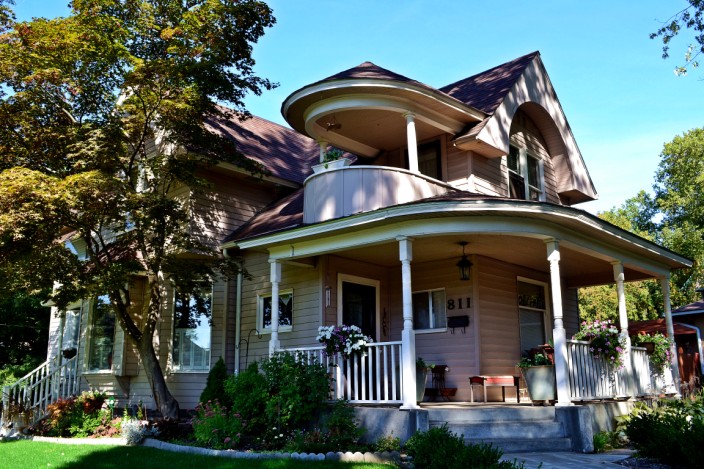
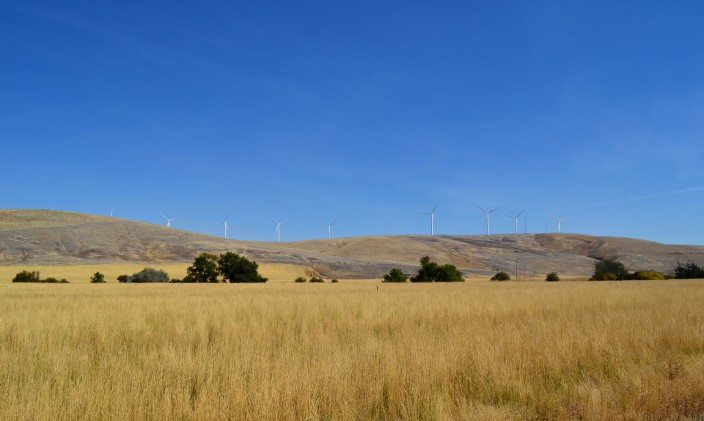
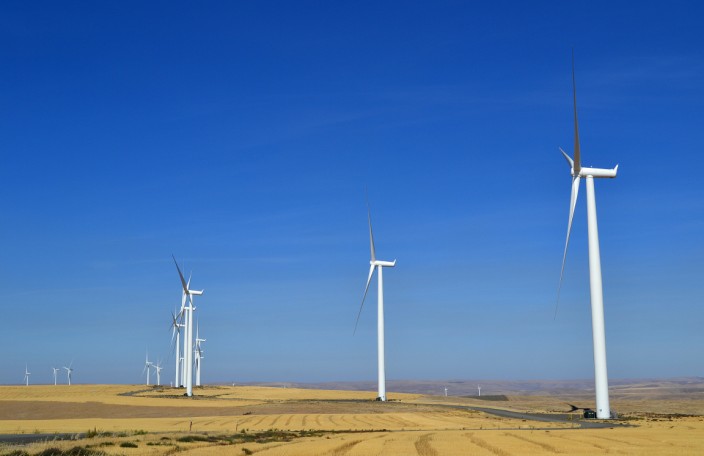
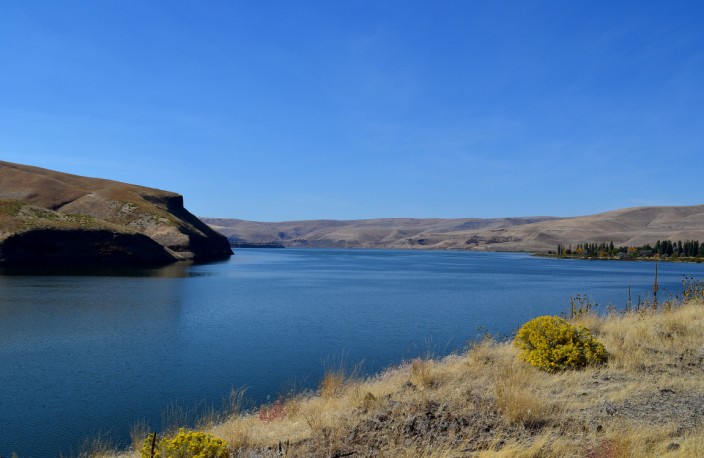
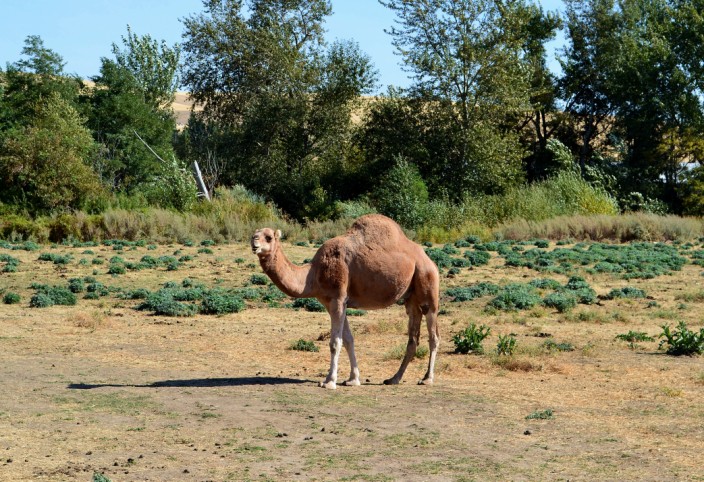
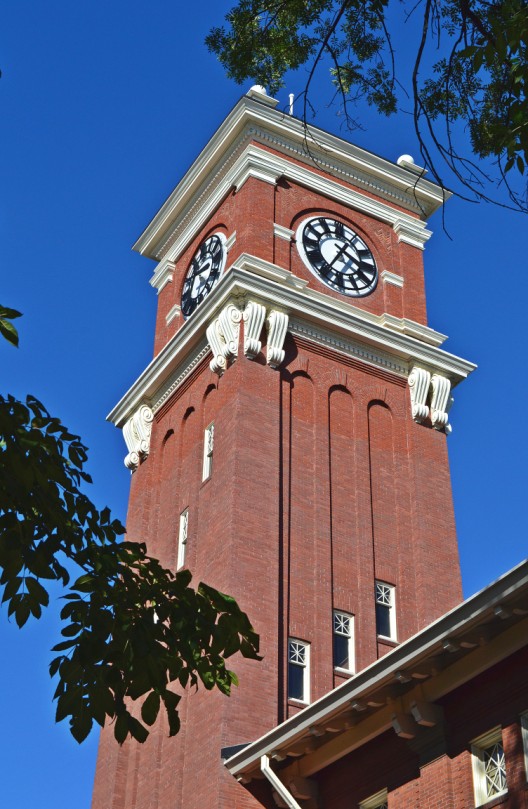
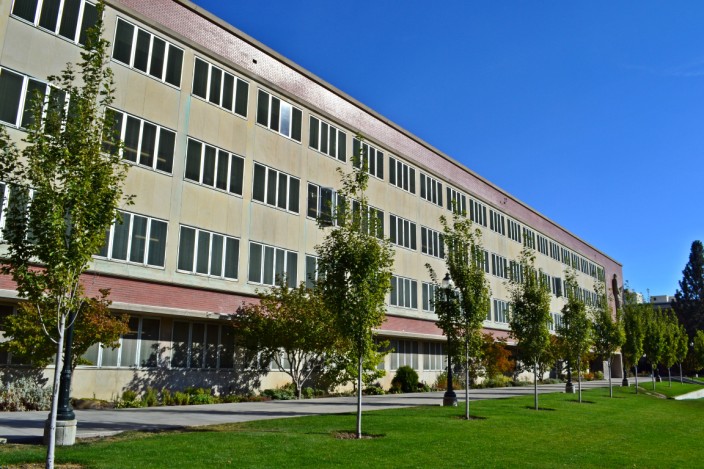
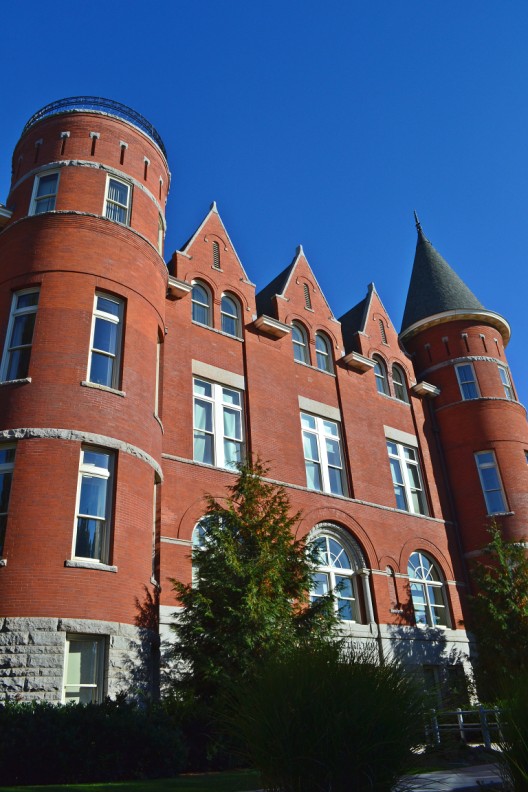
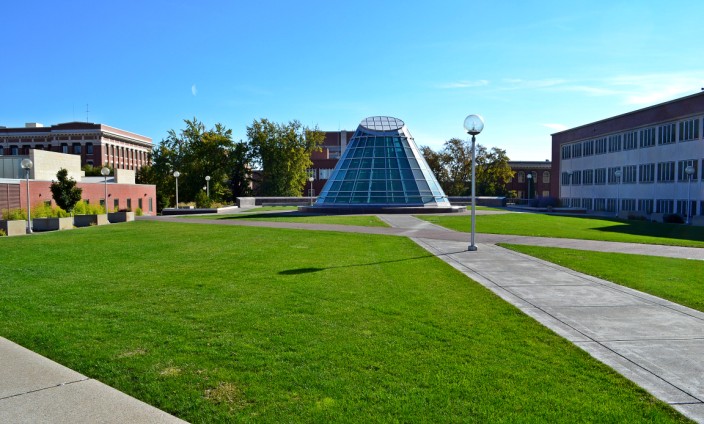
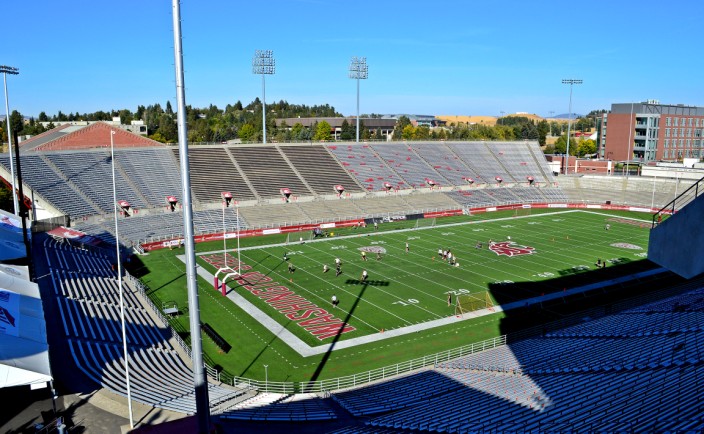
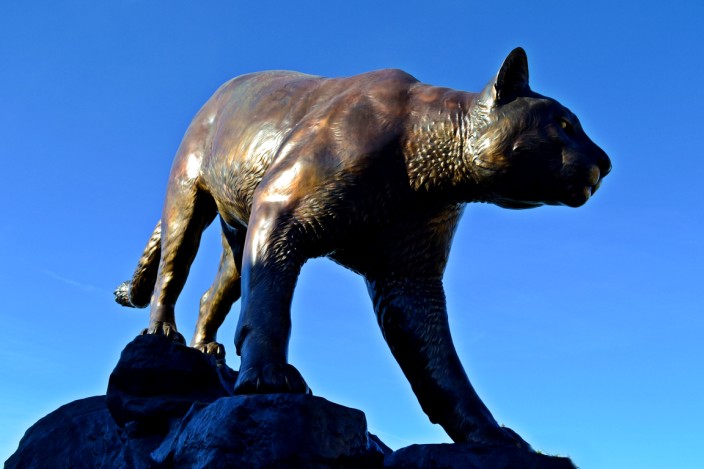
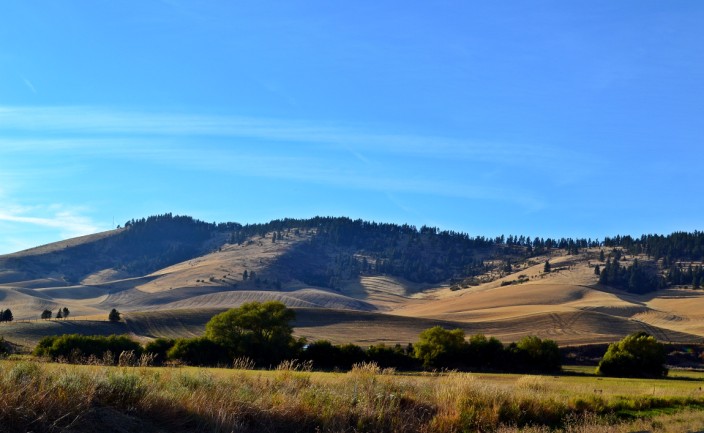
Hi Becky, thanks a lot, it is an area with it’s own unique kind of beauty not always appreciated by all, glad you like it.
Another gorgeous part of the world, love the photos!
Thanks for the comment and compliment, Michelle. I enjoy taking them and it’s good to know others are enjoying them, too.
Oh wow, I LOVE all your photos! They’re great! 😀